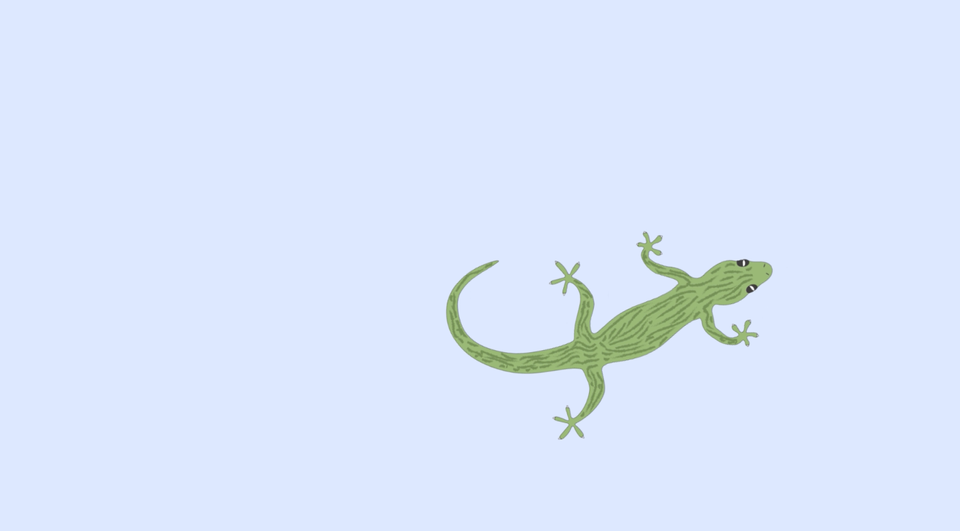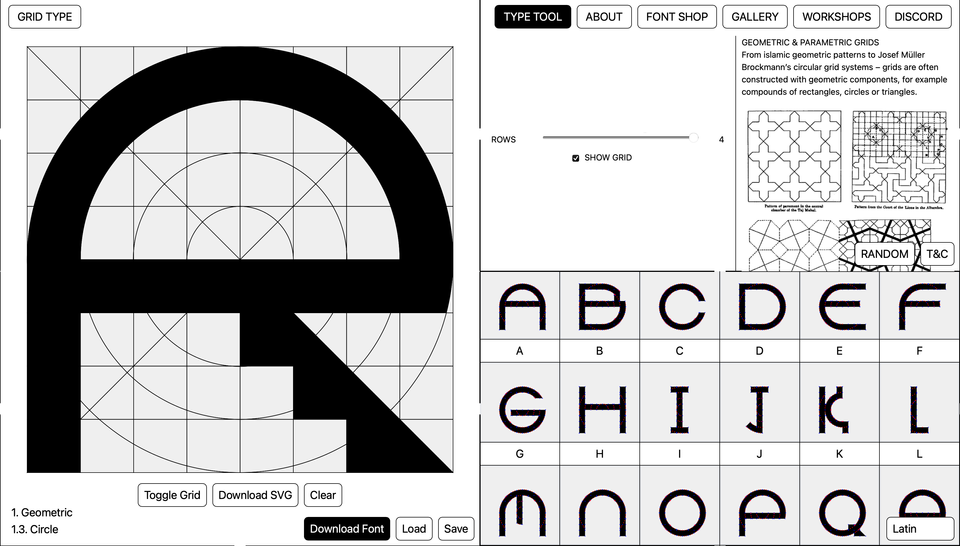6X6 BRIEFS

Exploring Creative Possibilities Through Generative Design
Generative art is an incredible way to explore overlooked details, invite interaction, and create personalised experiences. For this project, I ventured into the fascinating world of coding through Processing, an open-source platform for creative coding. This was my first experience using code, and it opened up a whole new realm of design possibilities. The idea of creating experimental covers through 100 pages of unique, generative grid patterns felt like the perfect opportunity to combine creativity and logic. Inspired by my research on Processing.org, I was captivated by how simple lines of code could produce endlessly dynamic visuals. This project became a personal experiment to explore randomness, order, and the beauty hidden within patterns.
1. Amplify the Overlooked
This project celebrates the beauty of randomness. Each page is filled with grids of circles, their colours and sizes dynamically generated. The patterns mimic overlooked details in daily life—like raindrops, shifting shadows, or scattered leaves—drawing attention to their complexity. By presenting these grids, I wanted to highlight how even chaos has a rhythm and beauty that often goes unnoticed.
2. Explore a Narrative Through Interaction
While the static PDFs are mesmerising, the code itself holds the real potential for interaction. Imagine if users could input their own variables—choosing colours, sizes, or layouts—to generate personalised grids. This interactive layer could tell a story about individual choices and how small tweaks can create something entirely unique.
3. Create a Personalised Experience
Each page already feels unique, thanks to the randomness in colour and size, but this could go further. Adding a questionnaire to gather users' favourite colours or moods could lead to truly personalised outputs. QR codes on prints could link viewers to a digital version of their unique pattern, creating a deeper connection between the artwork and its audience.
Reflecting on the Outcome
The 100 pages demonstrate how generative design transforms a simple grid into a dynamic art form. It shifts the focus from the final product to the process, allowing endless variations and interpretations. For me, this project was an exploration of how code can amplify, interact with, and adapt to the everyday, proving that design isn’t just about objects—it’s about the systems and stories behind them.
Using Processing for the first time was an eye-opening experience. The ability to combine creative expression with computational logic has changed how I view design. This project is just the beginning of what I hope will be an ongoing exploration of how coding and creativity intersect to create meaningful, impactful work.

